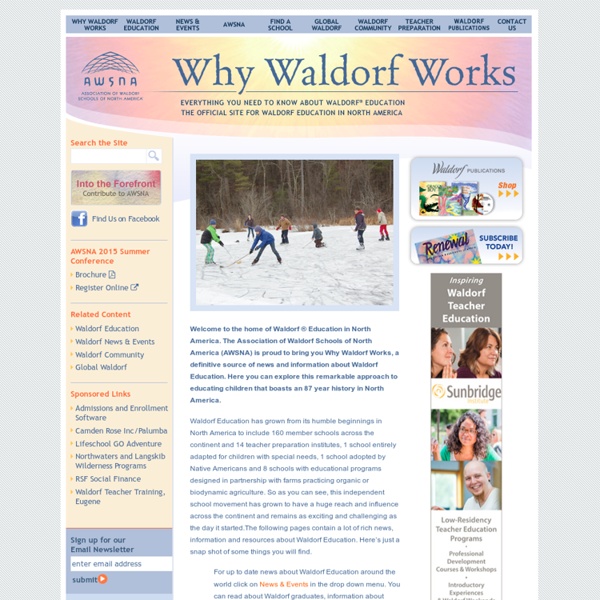



NCECA :: National Council on Education for the Ceramic Arts Great Public Schools Term Paper Alternatives INTRODUCTION Information skills, which involve finding, evaluating, analyzing, and using information in the most effective and efficient manner, are vital to mastery of a subject. These complex skills must be taught and practiced in the context of a discipline. Traditionally, information literacy skills have been most commonly used for evaluating students’ information literacy skills. Many instructors, however, have lost confidence in the learning effectiveness of the traditional undergraduate research paper. This document provides suggestions for alternative assignments which are intended to foster the development of information literacy. Please also note that when developing information-based assignments, the following resources are available to King's College instructors: Faculty Consultations: Librarians at King’s College are available to discuss various information resources and term-paper alternatives with you. Compare and Contrast Sources
Parents, Children, Libraries, and Reading Released: May 1, 2013 By Carolyn Miller, Kathryn Zickuhr, Lee Rainie and Kristen Purcell The vast majority of parents of minor children — children younger than 18 — feel libraries are very important for their children. The ties between parents and libraries start with the importance parents attach to the role of reading in their children’s lives. The importance parents assign to reading and access to knowledge shapes their enthusiasm for libraries and their programs: 94% of parents say libraries are important for their children and 79% describe libraries as “very important.” Almost every parent (97%) says it is important for libraries to offer programs and classes for children and teens. Library visits by children Some 70% of parents report their child visited a public library in the past 12 months and 55% say their child has his/her own library card. Parents themselves are considerably more likely than other adults to use library services About this Research Acknowledgements Prev Next
Engaging Students in the Game of Research University of Washington students taking History 221 realize soon enough that the class isn't a run-of-the-mill library research methods course—especially when they see that the last assignment is titled "Your Obituary." Library research methods classes usually follow a more predictable path, covering the principles of what librarians call information literacy—"the set of skills needed to find, retrieve, analyze, and use information." Taught on campuses large and small, some of these courses are generic, others are tied to a discipline; but all often culminate in that most traditional of library-based assignments, the annotated bibliography.1 I have taught such cookie-cutter classes and slogged through endless annotated bibliographies that are as boring to read and grade as they are to create. As historians and librarians, we know that research is an exciting endeavor, a puzzle to unravel, a mystery to be solved—how can we engender this type of excitement in our students? Games Afoot 1.
Designing Research Assignments Designing assignments to develop information literacy skills What is 'information literacy'? Information literacy is the set of skills needed to find, retrieve, analyze, and use information, those competencies that enable an individual to: Recognize when information is required Determine the extent of information needed Access the needed information effectively and efficiently Evaluate information and its sources critically Incorporate selected information into one's knowledge base Use information effectively to accomplish a specific purpose Understand the economic, legal, and social issues surrounding the use of information, and access and use information ethically and legally * Faculty can provide opportunities to practice information-gathering skills. The traditional term paper is often an excellent medium. Successful assignments: Questions to ask when designing assignments: Does this assignment help to achieve the learning goals of the course? Assignment suggestions:
Creative Ways of Teaching Research Paper Writing | ELTWorldOnline.com by Alejandro S. Bernardo University of Santo Tomas, Philippines Abstract Research paper writing remains an uninteresting and unexciting activity for many university students. They may not have realized its indispensable value in their respective disciplines and target workplaces. Hence, teachers must provide more enticing and more motivating classroom-based writing tasks to spur students’ interest in producing varied academic texts. View PDF version Introduction University education requires students to produce academic papers not only in English courses but also in other disciplines. The foregoing observation is saddening since most of the courses a student will take while in a university require research paper writing as a scholarly exercise. It is true that academic writing could sometimes be a daunting task, but learning its basics and conventions may be better facilitated if it is made fun and easier for the students. Fun Task 1: Library Hunt Lesson: Knowing One’s Library Fun Task 6:
7 Things Sex Education Should Have Taught Us But Didn't It’s 2013 and two things are abundantly clear: Sex education matters, andCultures that believe sex is shameful screw everything up. The statistics are glaring. More pragmatic approaches to teenage sexuality (i.e., “Hey, you’re going to do what you’re going to do, but here’s how to be responsible about it”) outperform strict abstinence/religious forms of sex education (i.e., “Don’t have sex until you’re married, or else”) by almost every statistical measurement including teenage pregnancies, abortions and HIV infections. By the way, the United States is the worst offender in all of those categories. The recent government-funded “abstinence only” programs have been found to actually increase teen pregnancy and STI rates in states where they’re implemented, proving, yet again, that teenagers will always do exactly what you tell them not to and screw themselves up in the process. Nope, purity rings don’t do a damn thing. Here are seven things we should have learned as teenagers, but didn’t: 1.
Open Culture